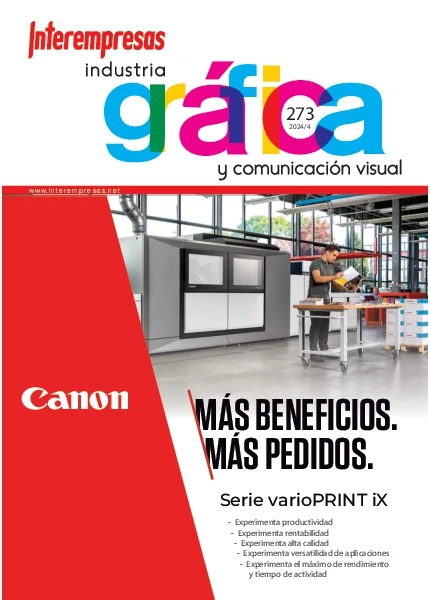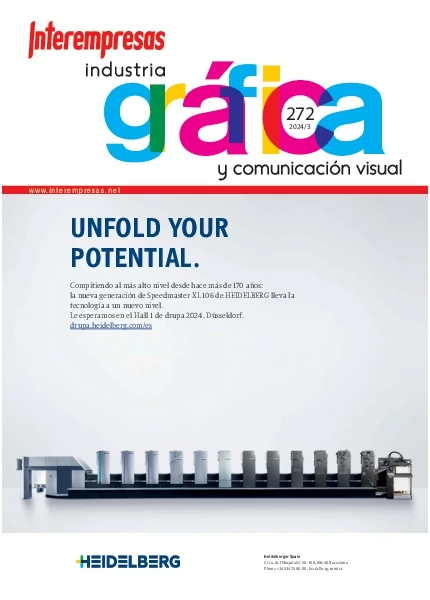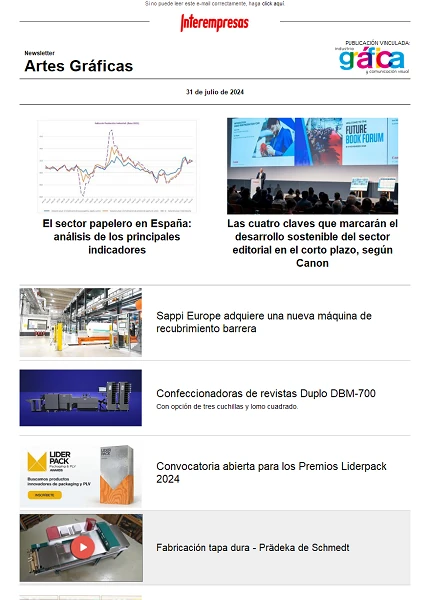Interview with Josep Tey, technical director of Akzo Nobel and Chairman of the technical Commission of ASEFAPI (Spanish Association of manufacturers of paints and inks for printing)
"It is not true that we will be the sector most polluting the atmosphere"
Josep Tey says in the following interview in what measure will affect the sector Spanish paints and inks to print the new directive of the European Union that restricts the emission of volatile organic compounds into the atmosphere and defending a sector which - says - is not little respectful with the environment, despite its image in society.
Recently the EU has issued rules to restrict the emission of VOCs. How they affect these regulations to the sector of paints and inks for printing? And what required specifically by the new law?
Governing Directive 2004/42/EC of the European Union is the maximum content of VOCs in paint, what we commonly know as VOC or its acronym in English, VOC. And the limitations are determined according to the use to go for the painting and also in terms of solvent based on painting, either water or organic solvent.
The sector of the paintings will be affected depending on what paintings to talk about. For example, solvent based paints used resins with higher content in solids or are replaced some paintings based solvent by others based water and of course charge a total current and main role acrylic enamels based water that do not need any type of solvent. The last generation as Bruguer Acrylic enamels already satisfy the requirements of COV 2010.
"There are two deadlines for compliance with the directive, the years 2007 to 2010"
On the other hand, the future of the paintings of two components is not clear, given that some of them have expiration date. Others, however, as the paintings in dust - despite its exclusively industrial nature - are gaining ground.
Also, what the consequences, both positive and negative, will have the application?
Since then, a favourable aspect is the reduction of emissions into the atmosphere by a secondary transformation industry as our. However, many times one has the impression that we are the sector that we more contaminamos and this is not true at all. We are not the most polluting sectors, but it is true that this directive affects us and I think that they are taking the steps required from the companies themselves with the support from Asefapi (Spanish Association of paint manufacturers) is provided to them.
In this respect, comply with the directive can be, in the short and medium term, higher costs, resulting from the basic research that requires the introduction of new raw materials as well as the development and application of new technologies.
"The future of the paintings of two components is not clear, given that some of them have expiration date"
Are enterprises prepared for its implementation?
In fact, there are precisely two deadlines for compliance with the directive, 2007 and 2010, whose aim is that all the companies of raw materials and paint manufacturers have the necessary time to adapt to the law. For example, in Akzo Nobel we already comply with the requirements imposed by the directive for 2007 and think that the majority of the companies also are or will be available to their enforcement.
What benefits it will bring these limitations of VOC emissions to consumers in particular and society in general?
We must bear in mind that it is a directive that is not born with the aim of improving the technical quality of the products, but the effect of the paintings in the environment. And that positively impact on society in general. Thus, from the environmental point the benefits are clear, not so from the point of view of the cost of the products, which certainly will be higher.
Related Companies or Entities
Asociación Española de Fabricantes de Pinturas y Tintas de Imprimir






















